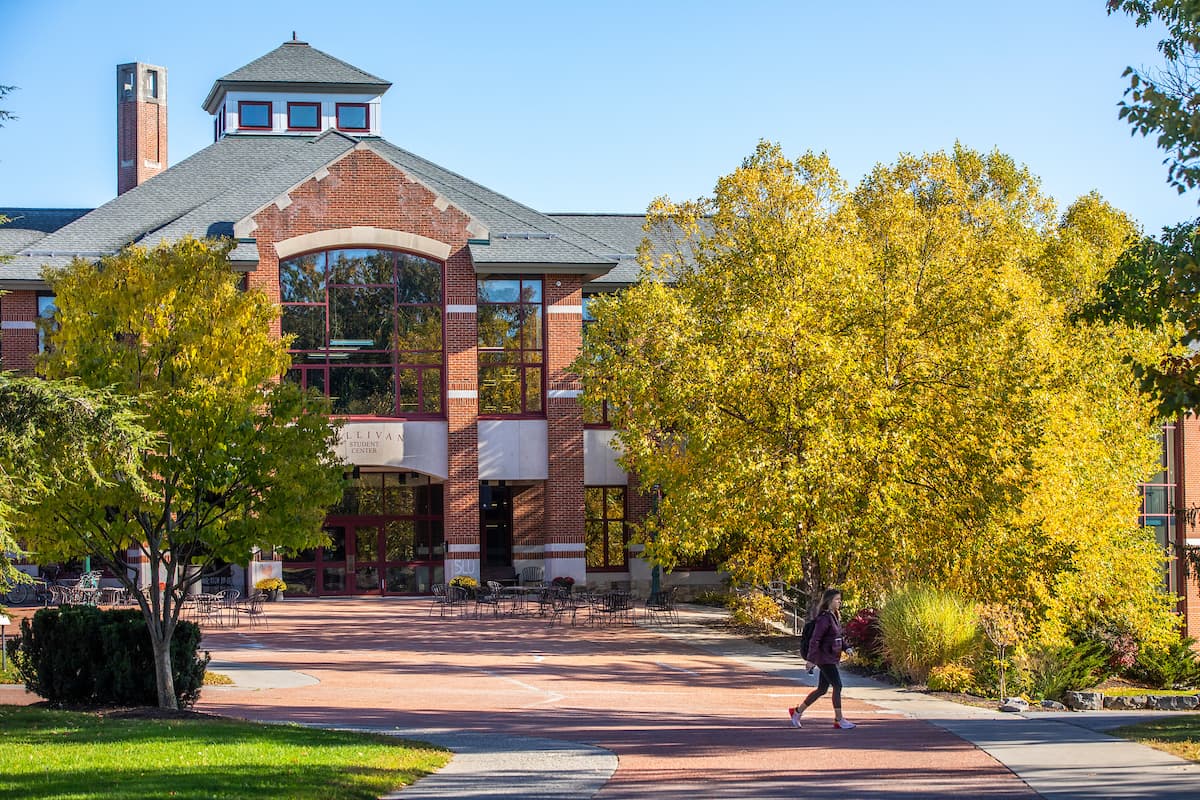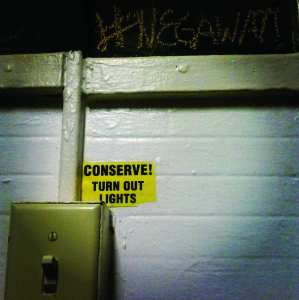Gabrielle Wilson
On October 29th,SLU joined the intense competition of the Negawatt Challenge, which occurs each semester between the NY-6 schools: Saint Lawrence, Colgate, Hobart and William Smith, Union, Hamilton and Skidmore. Recorded over a three-week period, each school competes against one another to reduce their overall energy use. In addition to a competition between the six schools, each school holds a competition between the residence halls and theme houses on each campus to encourage student participation. The reduction in energy use is measured by comparing each building’s energy usage throughout the three-week period to the recorded energy usage during the month prior to the competition. SLU students have been working to get ahead and win this competition for the second semester in a row.
On each of the six schools’ campuses the competition has been separated between dorms, theme houses, and townhouses in order to account for the difference in size and number of people living in each building. Jeff Mogavoro ’15, who lives in the Green House and has been a large contributor to the challenge, explains, “Houses can work together more intimately than dorms. I think it’s a really great way for students to get involved with sustainability initiatives on campus and take those initiatives into their own hands.” Because theme houses have a more intimate living environment, it is easier for students to work together through their tight-knit community and remind each other when they slip up. Students living in residence halls should encourage their neighbors or entire floor to focus on reducing their energy use to promote more student involvement in the challenge.
Students are encouraged to decrease electricity usage in their dorm rooms, common room, bathroom, and kitchen by unplugging electronics when they are not in use, turning off the lights when leaving the room, and lowering the heat when it is not necessary. Some students have become enthusiastic and extremely involved while some students may not even be aware that the Negawatt Challenge exists or what the purpose is. Anna Manning ’15, has taken the challenge to an entirely different level. “The challenge is simple for me because I am always thinking about the energy I use. I don’t even use the drier… I hang dry!” Students that take the challenge very seriously are able to get their roommates and friends involved in unique ways.
Using the SLU Green Pages website, students can access the online dashboard that tracks and displays the energy usage from each dorm and theme houses at SLU. The dashboard also includes the overall energy use from each of the six schools. Currently, the OC is in the lead for theme houses with a 20% reduction in energy use since the challenge began, with the Dub and La Casa Latina following close behind with an 18.5% reduction and an 18.2% reduction, respectively. In terms of dorms, Priest Hall is leading with a 14.4% reduction in energy with 48 Park Street and 62 Park Street following behind with an 8.5% reduction in energy and a 7.3% reduction in energy, respectively. The top three residences, for both themed houses and dorms, have been close and continue to vary throughout the competition.
As of November 3rd, SLU was in the lead of the entire Negawatt Challenge with a 4% reduction in energy. Union College was following close behind with 3% reduction while Skidmore College and Colgate University had only a 1% reduction. Only a week later, SLU has fallen to a 0% reduction in energy, while Hobart and William Smith are in the lead with a 3.6% reduction and Union College with a reduction of 3%. Surprisingly, Colgate has had a 3% increase in energy usage and Hamilton College has had a 20% increase compared to their ranking from last week. The increase in energy use could be attributed to the use of heat in the past week due to colder temperatures and the need for heat in residences. The amount of heat used during the competition may be significantly larger when compared to the use of heat in the month prior to the competition.
In the Negawatt Challenge that occurred in the spring, SLU won with a 3.3% reduction in total energy usage while Hamilton followed closely behind with 3.1%. Colgate had only a 1.1% reduction, and Union College had a 3% overall increase in energy usage. Between the schools that participated in the competition, 14,446 kilowatts per hour were saved throughout the entire competition, and we hope to have much higher numbers at the end of this semester’s competition. One complication with the current challenge is accounting for the increase in energy use due to the use of heat in the residence halls.
Although SLU is not in the lead, there are still many ways for us to get ahead. In addition to the reduction of the overall energy usage at SLU, the competition encourages students to be creative and get involved. Kate Taylor ‘14 states, “It will be interesting to see whether or not SLU will be able to dominate the Liberty League of the Negawatt Challenge. As a person who lives off campus, I’m glad I was made aware of the challenge, and I hope there is more of an effort made to inform other students who live off campus.” The SLU Environmental Action Organization has been making a huge effort through their Instagram account “SLU_EAO” by posting pictures in order to motivate students to participate in the challenge. Pictures include hashtags in the captions such as “turndownforwatt” and “negawatt” so that students can track the competition on Instagram. With only five days left in the challenge, it is up to the SLU student body to get involved so that we can come out on top for the second semester in a row.




